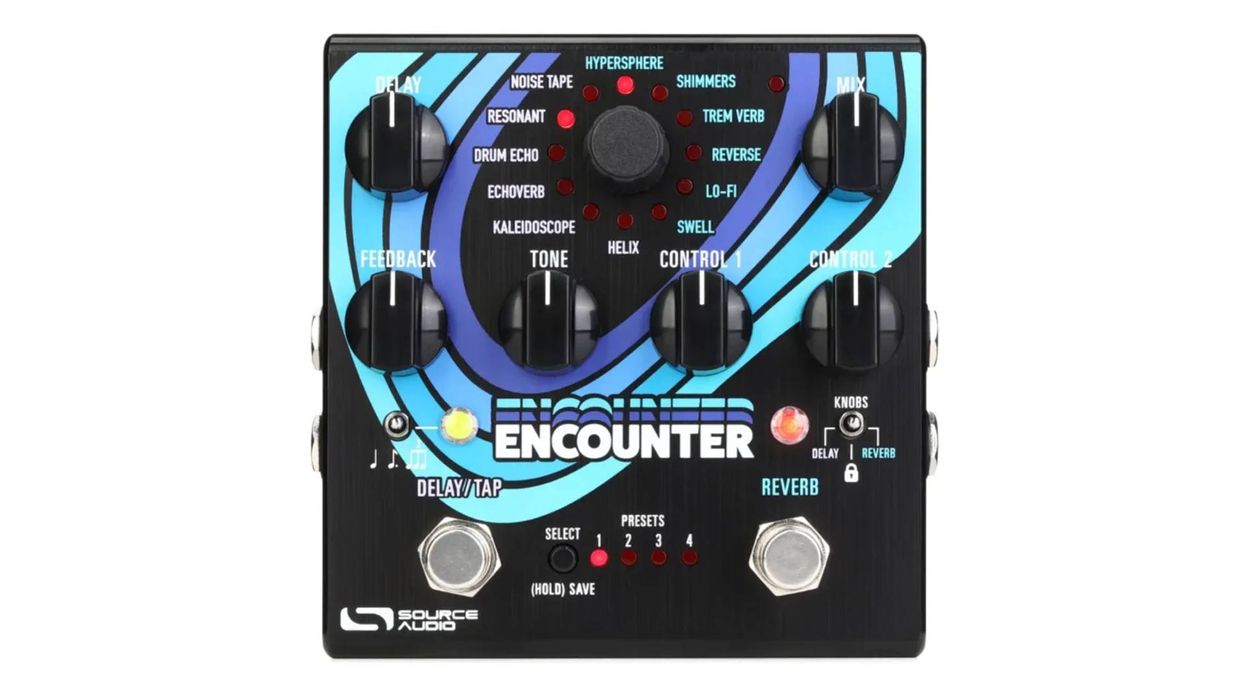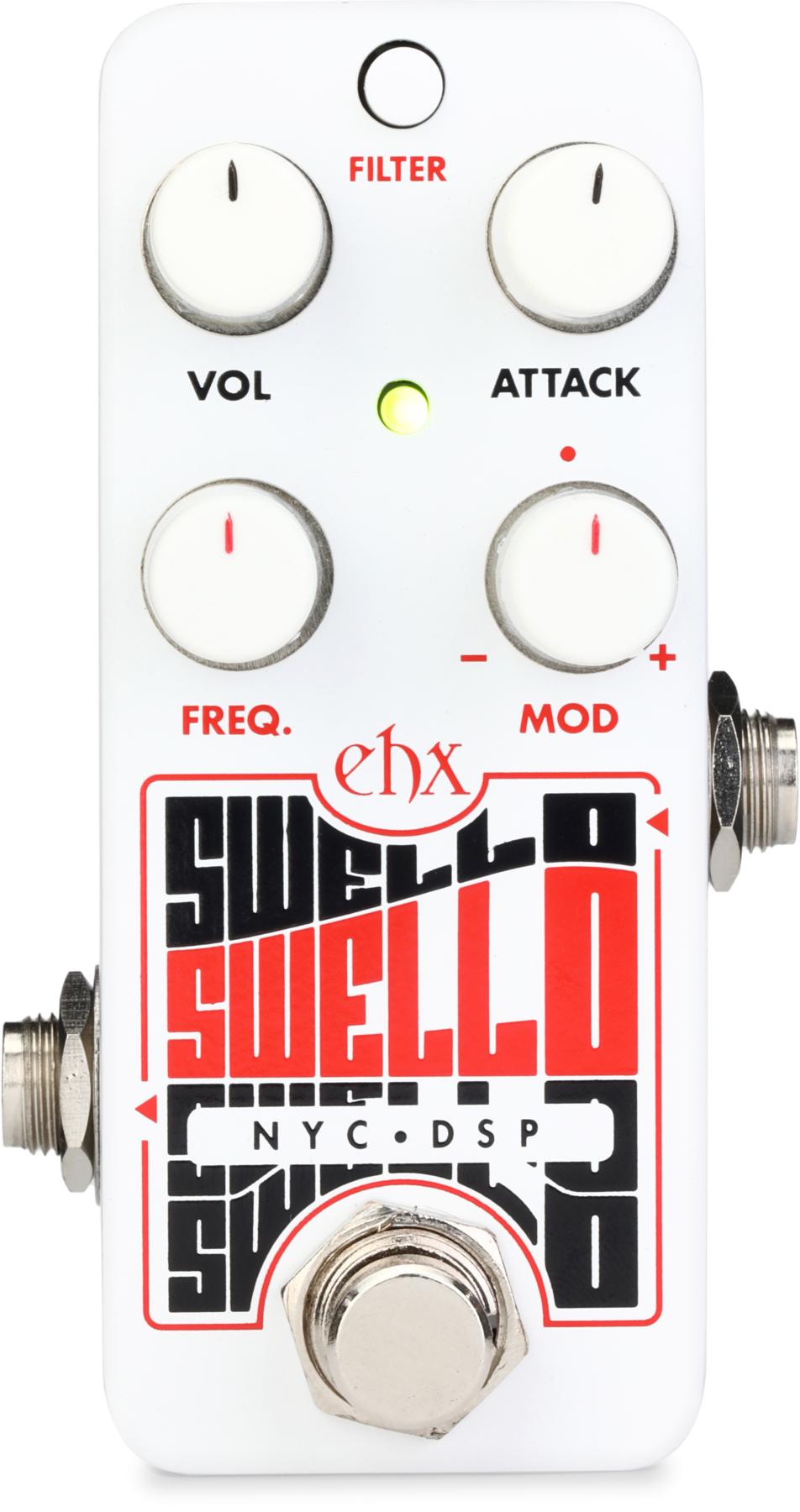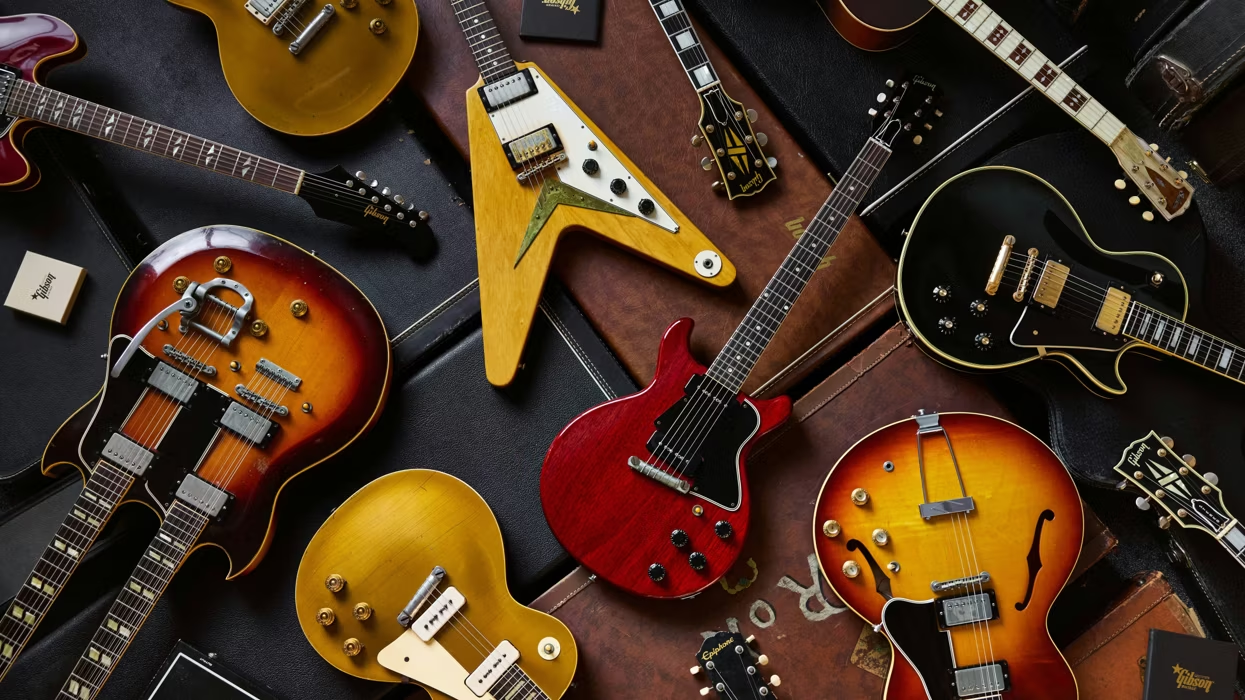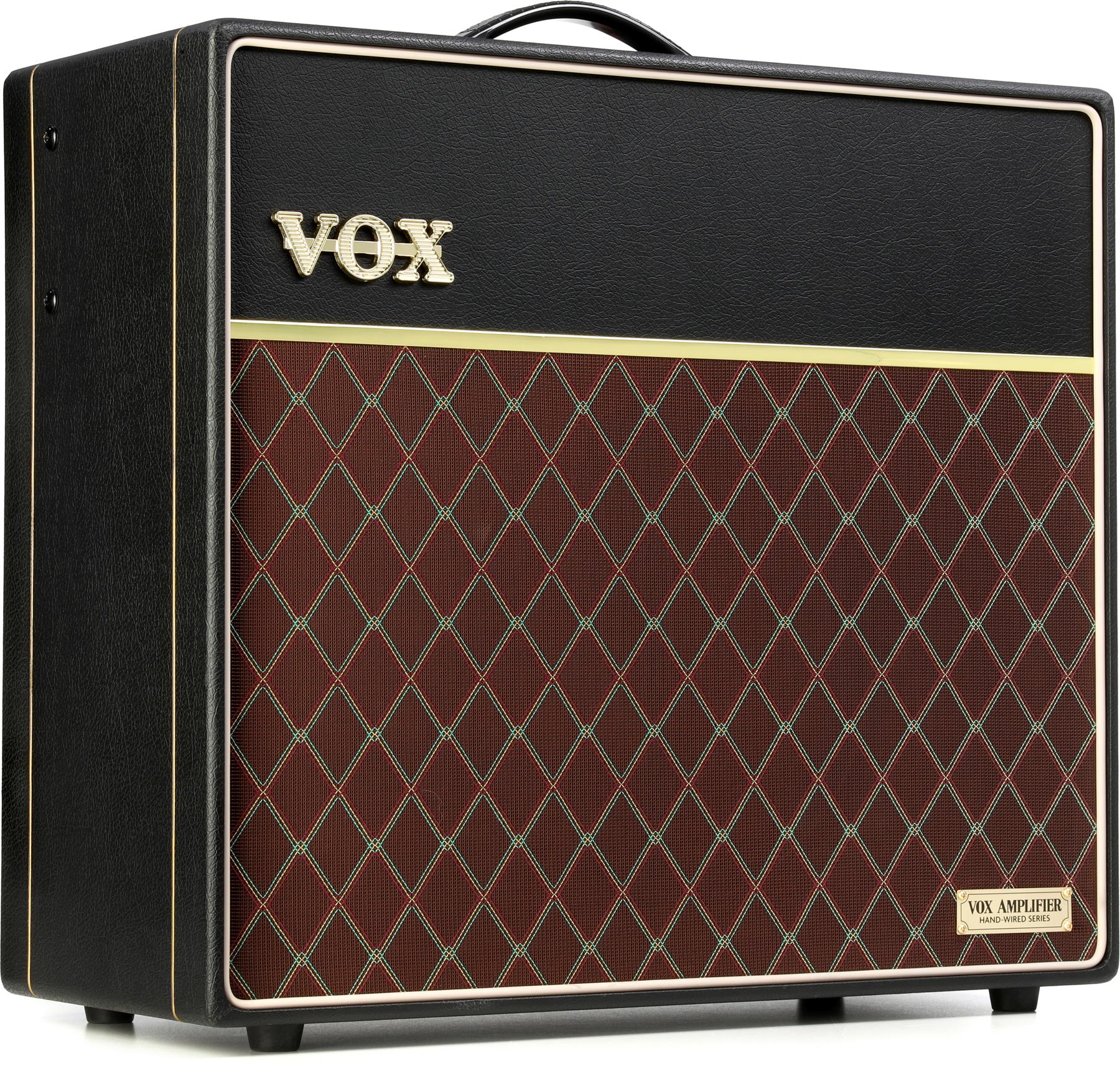In 2021, Boss jumped back in the fuzz game in spectacular fashion with the TB-2W, a high-profile, very limited, and now very expensive version of the germanium Tone Bender MkII. So, it’s less than surprising that the new FZ-1W Waza Craft—with its grinding, growling chord tones, burly, angry-bee buzz, and brash-to-singing high-register lead sounds—falls squarely in the Tone Bender’s sonic camp. And with surprisingly range-y tone and gain controls, and a modern mode that adds body and midrange presence, it’s a tantalizing option for vintage-curious players that crave more tone-shaping power than simple 2-knob fuzzes provide.
Primordial Buzz
Though Boss are quick to point out that the FZ-1W is an original design, they also say that much of the inspiration and practical insight that produced the pedal came by way of the TB-2W design experience. Played alongside authentic clones of various Tone Bender versions, the FZ-1W’s voice is unquestionably unique. But it’s easy to hear the influence of the Tone Bender’s big, brash attitude, and many similarities shine through.
Like a Tone Bender MkII, the FZ-1W’s core tonality walks the line between the reediness of early fuzzes and more modern gain profiles. The voice is less open and throaty than germanium Tone Bender MkII or germanium Fuzz Face-style pedals, but even in its vintage mode the tight midrange focus gives leads a smoother, more vocal quality and makes punky power chords sound big and detailed without collapsing into a heap of compressed tone mud.
The FZ-1W’s toppiest tone settings never sound shrill—even with a Telecaster bridge pickup and an old Fender piggyback on either end of the signal chain.
Humbuckers produce absolutely massive tones in the vintage and more mid-forward modern mode. And players questing for ’60s sizzle on top of a measure of Big Muff-like mass will love the way woolier pickups pair with the FZ-1W’s wailing voice. Single-coil pickups accentuate the toppier side of the FZ-1W’s personality, but they sound no less aggressive. And it’s easy to imagine the heat and intensity of these single-coil sounds working as devastating counterpoint or doubling textures for big bass riffs.
Tones in the Shadows
One big difference between the FZ-1W and many vintage fuzzes is its effective tone control. It gives you a lot of leeway for crafting more creative and less canonically ’60s fuzz sounds. It also has a very wide range. The FZ-1Ws toppiest tone settings never sound shrill—even with a Telecaster bridge pickup and an old Fender piggyback on the ends of the signal chain. The darkest tones also remain menacing and substantial at high fuzz levels.
The fuzz control provides even more interesting ways to expand and enhance the FZ-1Ws tone vocabulary. This too is a substantial difference between the FZ-1W and pedals like the Tone Bender MkII, which tend to sound supercharged with gain or just slightly less supercharged with gain. The sounds that lurk in these more modest ranges of the fuzz control aren’t always obviously beautiful, but they are often distinctive, uncommon tones that stand tall and sound unique in a mix, and in some ways better approximate the cool, if less ferocious, fuzz sounds that less-hip engineers forced upon overzealous players in studios in the mid-’60s.
The FZ-1Ws silicon circuitry means it won’t be as dynamically responsive to volume attenuation as a germanium Fuzz Face or the less-dynamic Tone Bender Mk II. But if you’re running the gain at maximum, the fuzz can still be tamed into an aggressive purr that lives on the distorted side of the overdrive spectrum. Lower pedal gain settings and guitar volume attenuation can produce near-clean tones.
The Verdict
While the FZ-1W isn’t a Tone Bender clone, it speaks with a very similar accent. And with its less cantankerous silicon circuitry and more versatile control set, it dwells in a sweet spot between authentic mid-’60s-ness and more robust and flexible modern fuzz voices. At $199, it also lives in a very competitive neighborhood where authentic and versatile takes on vintage sounds abound. As with any vintage-voiced fuzz, it’s a good idea to explore how the FZ-1W’s bold tonalities work with your favorite guitar and amp. But if this Boss fits your rig, you can bet you’ll uncover a wealth of fuzz surprises that simpler, more traditional pedals will have a hard time delivering.





















